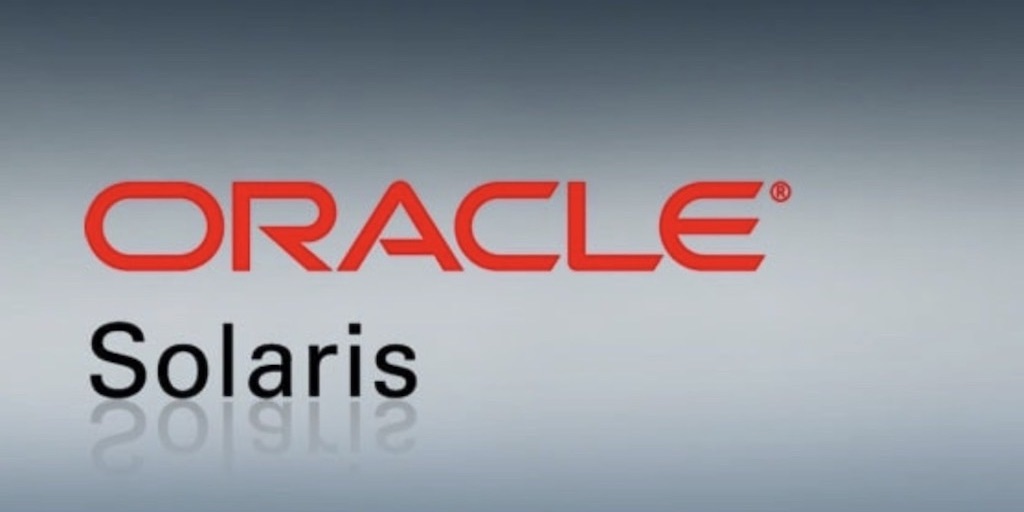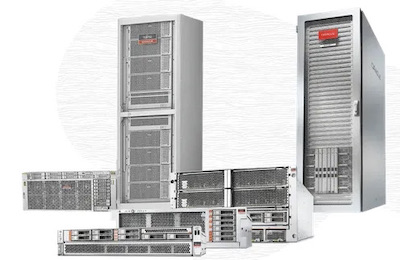Why Partnering with an MSP with 35+ Years of Solaris Expertise could be a smart move
As organisations continue to rely on Solaris for their critical workloads, the need for specialised expertise has never been more evident. Whether you plan to maintain your Solaris infrastructure or eventually migrate to a new platform, partnering with a managed service provider (MSP) who has extensive experience in managing Solaris systems can make a significant […]
Why Partnering with an MSP with 35+ Years of Solaris Expertise could be a smart move Read More »





